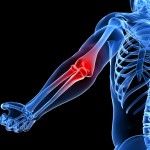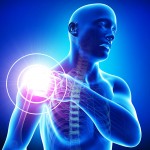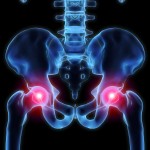TMJ Flyer
What is it?
For the vast majority of people, TMJ (temporomandibular joint disorders, commonly known as just TMJ) is a downward spiral of increasing tightness and pain. Due to a variety of possible factors, the muscles in and around the jaw, head, and neck all tighten. Then, they start to stay tight and connective tissue shrink-wraps and compresses everything down. This causes you to chronically contract the muscles of the jaw, which creates a whole other set of negative factors. This sets up a dynamic of jaw clenching, grinding, and tension that ultimately creates more pain and more tightness. If you want a TMJ cure, then reverse the dynamic, and everything gets better. It’s as simple as that.
Statistics:
With over 50 percent of the population suffering from some form of TMJ, many adults and children simply move about their lives coping with pain and complications, unaware of the impact of a TMJ diagnosis.
TMJ is the second most commonly occurring musculoskeletal condition (after chronic low back pain) resulting in pain and disability, affecting approximately 5-12% of the population, and with an annual cost estimated at $4 billion. About half to two-thirds of those with TMJ disorders will seek treatment. Among these, approximately 15% will develop chronic TMJ.
Important Facts:
Like all syndromes, TMJ syndrome is nothing but a label for a collection of symptoms. You can have all the symptoms of TMJ and not have an injury or real problem in the jaw.
While most TMJ cases are caused by an accident involving a jaw injury or whiplash, some TMJ sufferers experience the development of TMJ as a result of bruxism, a grinding or a clenching of the teeth.
Treatment:
Scientists strongly recommend treating TMJ disorders with the most conservative approaches possible. These are treatments that do not cause permanent changes in, or change the structure or position of, the jaws or teeth. Even when these disorders have become persistent, most patients still do not need aggressive types of treatment.
Dos/Don’ts:
Rest the muscles and joints by eating soft foods. Do not chew gum. Avoid clenching or tensing. Relax muscles with moist heat. If a joint injury occurs, ice packs should be applied soon after the injury to help reduce swelling.
Common Myths:
MYTH: “TMJ is not caused by whiplash incidents”.
REFUTATION: Numerous biomechanical modeling studies that show that “whiplash” incidents almost always produce TMJ, et al. A direct blow is not required.
MYTH: Little damage to vehicle in low speed collisions means little or no injury.
REFUTATION: Many studies show absolutely no linkage between speed of (and damage to) the vehicle to injury to the patient. What has much more validity are such factors as the rotational component of collision or whether the person was aware of and prepared for impact.





